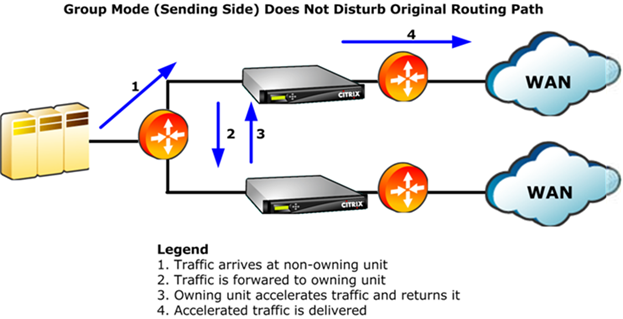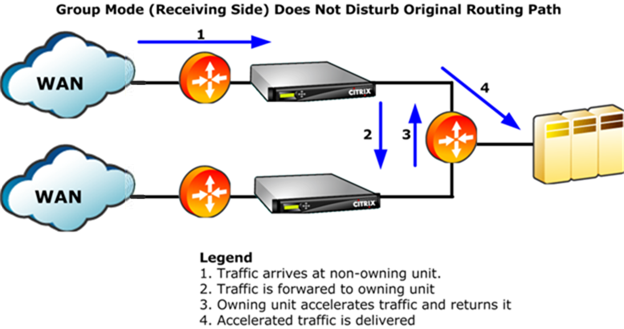This content has been machine translated dynamically.
Dieser Inhalt ist eine maschinelle Übersetzung, die dynamisch erstellt wurde. (Haftungsausschluss)
Cet article a été traduit automatiquement de manière dynamique. (Clause de non responsabilité)
Este artículo lo ha traducido una máquina de forma dinámica. (Aviso legal)
此内容已经过机器动态翻译。 放弃
このコンテンツは動的に機械翻訳されています。免責事項
이 콘텐츠는 동적으로 기계 번역되었습니다. 책임 부인
Este texto foi traduzido automaticamente. (Aviso legal)
Questo contenuto è stato tradotto dinamicamente con traduzione automatica.(Esclusione di responsabilità))
This article has been machine translated.
Dieser Artikel wurde maschinell übersetzt. (Haftungsausschluss)
Ce article a été traduit automatiquement. (Clause de non responsabilité)
Este artículo ha sido traducido automáticamente. (Aviso legal)
この記事は機械翻訳されています.免責事項
이 기사는 기계 번역되었습니다.책임 부인
Este artigo foi traduzido automaticamente.(Aviso legal)
这篇文章已经过机器翻译.放弃
Questo articolo è stato tradotto automaticamente.(Esclusione di responsabilità))
Translation failed!
How Group Mode Works
In group mode, the appliances that are part of the group each take ownership for a portion of the group’s connections. If a given appliance is the owner of a connection, it makes all the acceleration decisions about that connection and is responsible for compression, flow control, packet retransmission, and so on.
If an appliance receives a packet for a connection for which it is not the owner, it forwards the packet to the appliance that is the owner. The owner examines the packet, makes the appropriate acceleration decisions, and forwards any output packets back to the non-owning appliance. This process preserves the link selection made by the router, while allowing all packets in the connection to be managed by the owning appliance. For the routers, the introduction of the appliances has no consequences. The routers do not need to be reconfigured in any way, and the appliances do not need to understand the routing mechanism. They simply accept the routers’ forwarding decisions.
Figure 1. Sending-side Traffic in Group Mode

Figure 2. Receiving-side traffic flow in group mode

Group mode has two, user-selectable failure modes, which control how the group members interact with each other if one of them fails. The failure mode also determines whether the failed appliance’s bypass card opens (blocking traffic through the appliance) or remains closed (allowing traffic to pass through). The failure modes are:
Continue to accelerate- If a group member fails, its bypass card is opened and no traffic passes through the failed appliance. The result is presumably a fail-over if redundant links are used. Otherwise, the link is simply inaccessible. The other appliances in the group continue to accelerate. The usual hashing algorithm handles the changed conditions. (That is, the old hashing algorithm is used, and if the failed unit is indicated as the owner, a hashing algorithm based on the new, smaller group is applied. This preserves as many older connections as possible.)
Do not accelerate- If a group member fails, its bypass card closes, allowing traffic to pass through without acceleration. Because an unaccelerated path introduces asymmetric routing, the other members of the group also go into pass-through mode when they detect the failure.
Share
Share
In this article
This Preview product documentation is Cloud Software Group Confidential.
You agree to hold this documentation confidential pursuant to the terms of your Cloud Software Group Beta/Tech Preview Agreement.
The development, release and timing of any features or functionality described in the Preview documentation remains at our sole discretion and are subject to change without notice or consultation.
The documentation is for informational purposes only and is not a commitment, promise or legal obligation to deliver any material, code or functionality and should not be relied upon in making Cloud Software Group product purchase decisions.
If you do not agree, select I DO NOT AGREE to exit.